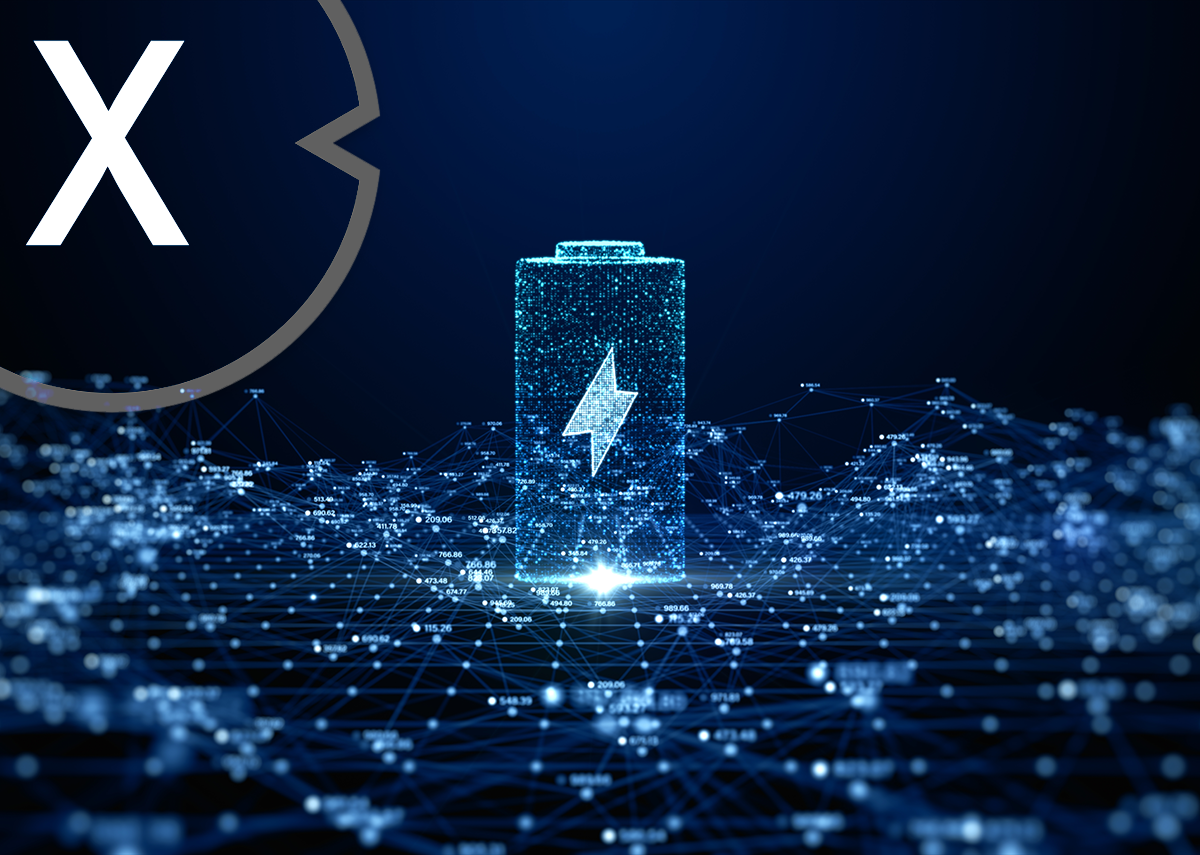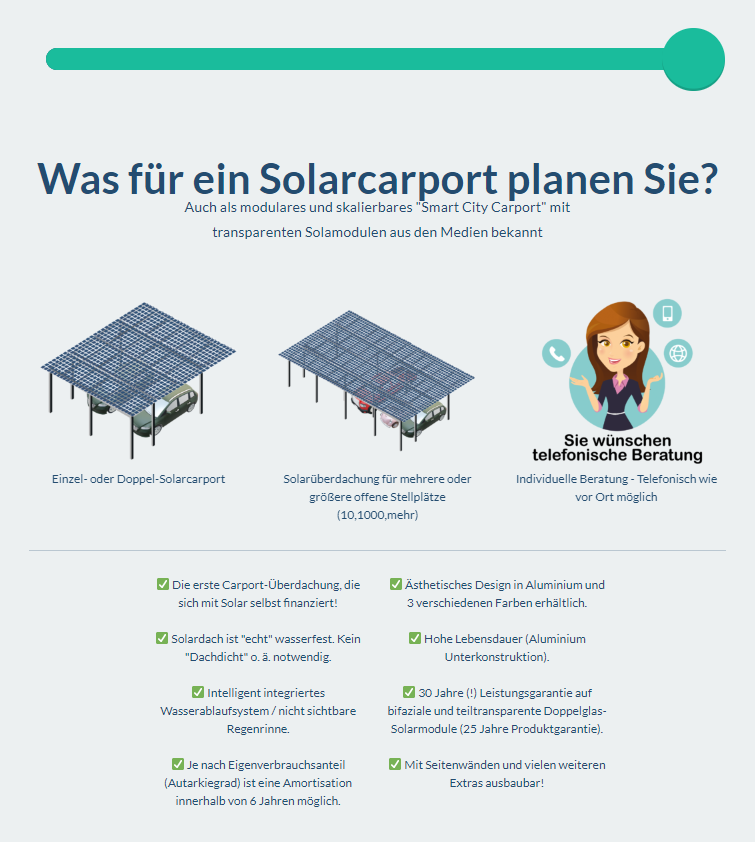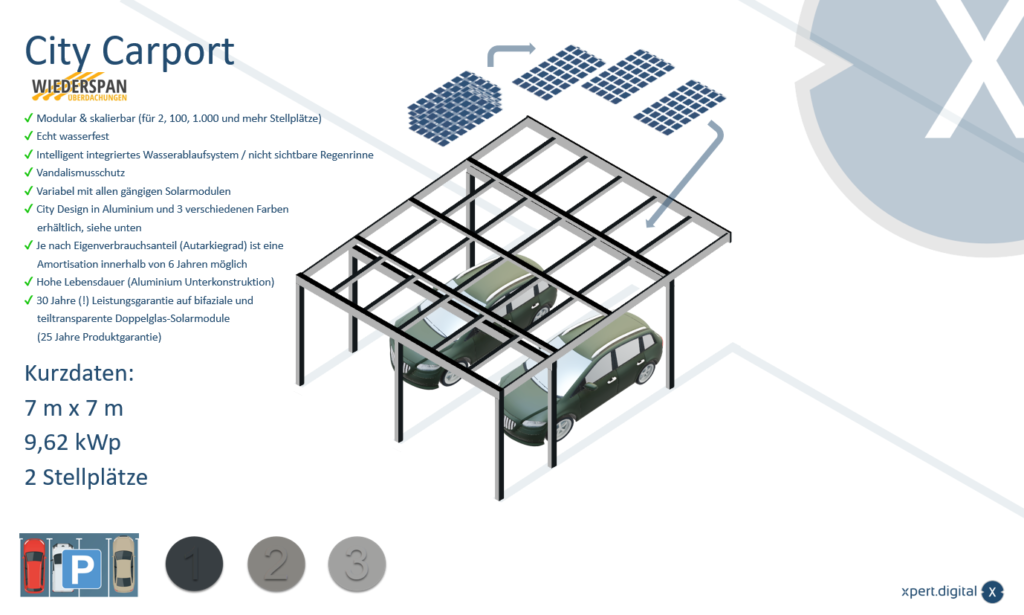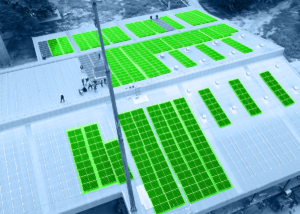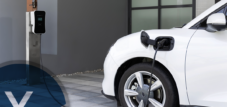Solid-state battery ready for use as early as 2027? Toyota's revolutionary battery technologies for the future of electric vehicles (BEVs)
Language selection 📢
Published on: August 6, 2023 / Update from: August 6, 2023 - Author: Konrad Wolfenstein
Next-generation electric vehicles: Toyota's solid-state battery plans
Toyota's revolutionary battery technologies for the future of electric vehicles (BEVs)
Toyota recently unveiled impressive new battery technologies for future electric vehicles (BEVs), including the innovative solid-state battery with extended range and fast charging.
Toyota's commitment to sustainable mobility
We are excited about Toyota's commitment to sustainable mobility and optimizing all aspects of the next generation of BEVs to achieve maximum battery usage and efficiency. The main goal is to realize a range of 1,000 km, thereby addressing concerns about the range of electric vehicles. Toyota is investing in a comprehensive strategy that includes research, development and expansion of production capacity for batteries and hydrogen components. The company's vision is to create a carbon-free society by 2050 and reduce emissions throughout the vehicle life cycle.
Solid state batteries – A promising technology
The novel solid-state batteries, which use solid electrolytes, offer higher energy density, improved safety, longer life and shorter charging times compared to conventional batteries. Although there are still challenges in scaling production and reducing costs, these batteries are seen as a promising technology to improve the performance and safety of batteries in various applications, including electric vehicles. The automotive industry, together with battery manufacturers and research institutes, is determined to overcome these challenges and further advance battery technology.
Electric vehicles as a sustainable alternative
The increased use of renewable energies and advances in battery technology are contributing to electric vehicles becoming increasingly important as a sustainable alternative to conventional combustion engines. Efforts by Prime Planet Energy & Solutions, a joint venture between Toyota and Panasonic, to accelerate the development of high-performance batteries for electric vehicles is another step towards a greener future. This company works to provide advanced battery solutions for the entire automotive industry.
Challenges and solutions
While solid-state batteries show promise, there are still some challenges that need to be overcome. Scaling production and the associated cost reduction are crucial factors for the widespread use of solid-state batteries in electric vehicles. Toyota and other automakers are working closely with research institutes and suppliers to address these challenges. New technologies and advanced production processes are being developed to make mass production of solid-state batteries economically viable.
The advantages of solid-state batteries
Solid-state batteries offer a number of advantages over traditional lithium-ion batteries. Avoiding liquid electrolytes significantly increases safety by minimizing the risk of leaks and fires. The higher energy density enables longer driving distances on a single charge, significantly reducing consumers' range anxiety. In addition, battery life is extended, resulting in less frequent replacement cycles and reducing the vehicle's total cost of ownership.
The role of solid-state batteries in the energy transition
The energy transition is a central issue in combating climate change and promoting sustainable energy sources. Electric vehicles play a crucial role in this process as they enable the use of renewable energy in the transport sector. Solid-state batteries offer the opportunity to further improve the performance and range of electric vehicles and thus accelerate the acceptance and spread of electric mobility.
A look into the future of electromobility
With the introduction of solid-state batteries and other innovative technologies, the future of electromobility is becoming increasingly promising. Battery performance will continue to increase, charging times will shorten and the range of electric vehicles will continue to increase with each passing year. Toyota and other car manufacturers are doing everything they can to revolutionize electric mobility and create a sustainable future for mobility.
The role of research and development
Advances in battery technology would not be possible without extensive research and development. Toyota invests significant resources in researching new materials, production processes and technologies to continually improve the performance of solid-state batteries. Collaboration with universities and research institutions enables the company to stay at the cutting edge of technology and advance the development of solid-state batteries.
How solid-state batteries could revolutionize everyday life
The introduction of solid-state batteries in electric vehicles would have far-reaching effects on people's everyday lives. A longer range would enable longer trips without stops, improving the travel experience for drivers. In addition, solid-state batteries could be used in other areas such as energy storage in homes and the electronics industry to meet the demand for long-lasting and safe energy storage solutions.
The importance of battery technology for electromobility
Battery technology is a crucial factor for the success of electromobility. With the further development of solid-state batteries and other technologies, electromobility is becoming increasingly attractive and competitive. Reducing dependence on fossil fuels and promoting sustainable mobility are important goals that can be achieved through the use of advanced battery technologies.
Progress
Toyota's progress in developing breakthrough battery technologies for electric vehicles is impressive. The introduction of next-generation solid-state batteries promises better performance, safety and range for electric mobility.
Frequently Asked Questions (FAQs)
1. What are solid state batteries?
Solid-state batteries are a new generation of batteries that use solid electrolytes instead of liquid electrolytes.
2. What are the advantages of solid-state batteries?
Solid state batteries offer higher energy density, improved safety, longer life and shorter charging times compared to traditional batteries.
3. When does Toyota plan to introduce solid-state batteries in BEVs?
Toyota plans to launch its first BEVs with solid-state batteries from 2027-28.
4. What is Toyota's main goal regarding electric mobility?
Toyota's main goal is to achieve a range of 1,000 km and sell 3.5 million vehicles with solid-state batteries by 2030.
5. What role does research and development play in the development of solid-state batteries?
Research and development plays a crucial role in continually improving the performance of solid-state batteries and other battery technologies.
Toyota unveils breakthrough in all-solid-state batteries: Greater range and faster charging times for electric vehicles possible from 2027
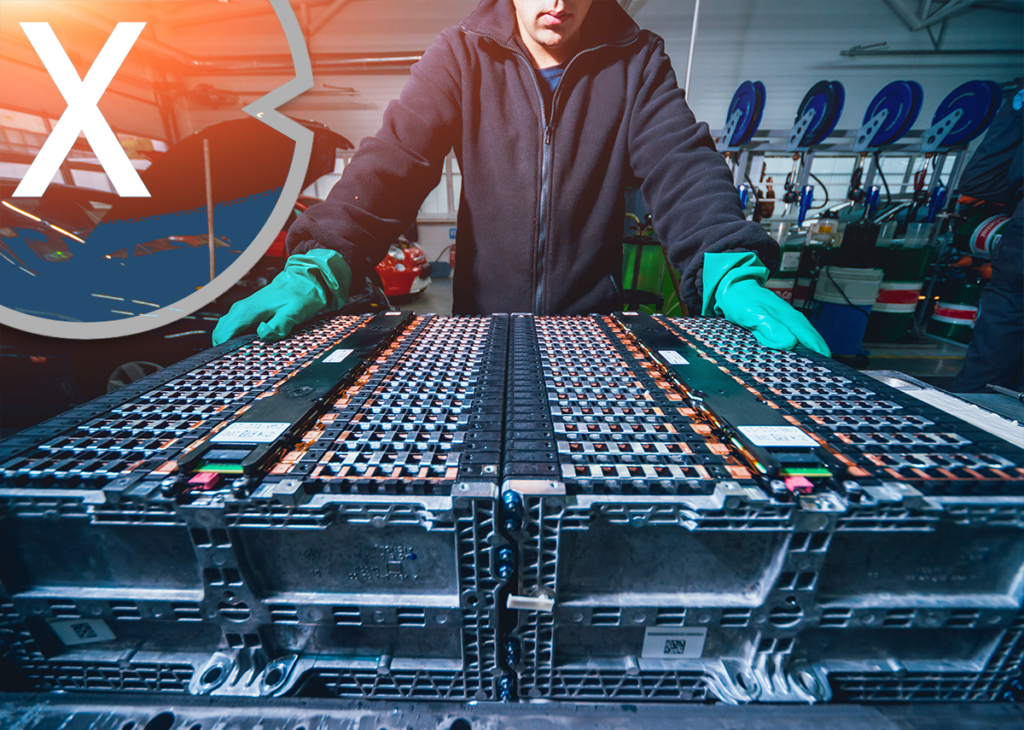
Symbolic image of solid-state batteries: The future of battery technology with higher performance and improved safety - Image: Xpert.Digital / Roman Zaiets|Shutterstock.com
Toyota originally planned to introduce solid-state batteries in hybrid electric vehicles (HEVs) in 2021. However, these plans have been revised and the company is now aiming to commercialize the technology in 2027-2028. The development of the high-performance battery is in collaboration with Prime Planet Energy & Solutions, while the popularization version and the solid-state battery are a joint project with Toyota Industries Corporation. By bringing together expertise from across the Toyota Group, the company aims to advance the commercialization of solid-state battery technology.
More about it here:
The Xpert.Solar solar carport planner
Solar parking spaces are a promising way to generate renewable energy while optimizing limited space requirements in cities and urban areas. However, there are actually some challenges that can complicate the introduction of such parking spaces.
One of the biggest hurdles is the high cost and planning effort associated with installing solar panels in parking lots. Not only must the cost of the solar panels themselves be taken into account, but also the cost of the infrastructure required to connect the panels to the grid. In addition, the space required for installing the solar modules must be precisely planned and coordinated to ensure effective use of the available space.
Another obstacle are bureaucratic hurdles and approval processes that can make it difficult to install solar panels in parking lots. Depending on the region or country, different rules and regulations may apply, which can complicate the approval and implementation process.
Despite these challenges, there is high demand for solar parking spaces as they represent an effective way to promote renewable energy while optimizing space requirements in urban areas. With careful planning and collaboration between the parties involved, the hurdles can be overcome to facilitate the introduction of such parking spaces.
➡️ We specialize in providing advisory and planning support for such solar carport projects and advancing their implementation.
➡️ With our solar carport planner we simplify the process.
➡️ We are there for you for the next steps and thus minimize costs and effort for you.
More about it here:
AC/DC or just DC-side planning and assembly for third parties - our offer
More about it here:
Our favorite city solar carport or solar carport module
The advantages at a glance
- Support & Made in Germany
- Modular & scalable (for 2, 100, 1,000 and more parking spaces)
- Really waterproof
- Integrated water drain / invisible rain gutter
- Vandalism protection, optionally with integrated impact protection
- Variable with all common solar modules
- City design available in aluminum and 3 different colors
- Depending on the amount of self-consumption (degree of self-sufficiency), amortization is possible within 6 years
- Long service life (aluminum substructure)
- 30-year (!) performance guarantee on bifacial and partially transparent double-glass solar modules (25-year product guarantee)
- Reducing urban heat islands
- Building-integrated photovoltaics
- Ideal for transparent and translucent double-glass solar modules with overhead mounting approval!
Is there a difference between solid state batteries, solid state batteries and solid state rechargeable batteries?
The terms "solid batteries", "solid -state batteries" and "solid batteries" are often used synonymously and refer to the same concept of batteries in which solid materials are used as electrolytes instead of liquid electrolytes. As a rule, there is no clear difference between these terms.
This type of battery technology, which uses solids as electrolytes, has the potential to offer some advantages over traditional liquid electrolytes, such as higher energy density, improved safety and longer battery life.
However, it is possible that subtle differences in the use of these terms may occur in specific disciplines, research settings, or technology industries. Sometimes they may also be used to highlight certain nuances or specifics. Typically, however, they refer to the same concept of solid electrolyte batteries.
Nevertheless, there are small but fine differences between the “solids batteries”, “solid -state batteries” and “solid batteries”, although they usually describe similar technologies. Let me explain the differences:
1. Solid state batteries
The term “solid batteries” is an umbrella term for batteries that use fixed electrolytes instead of a liquid electrolyte solution. In conventional lithium-ion batteries, the electrolyte consists of a liquid solution that transports lithium ions between the anodes and cathodes. In solid materials, on the other hand, solids are used as electrolyte materials, which can enable higher energy density, improved security and better long -term stability.
2. Solid state batteries
The term “solid body batteries” is often a synonym for solid batteries, since both indicate the use of solid electrolytes instead of liquid electrolytes. Fixed body batteries are a type of solid batteries in which all components, including the electrolyte, are determined.
3. Solid-state batteries
The term “solid body batteries” is a less common name and is sometimes used as a synonym for solid -state batteries. The difference is that the term “batteries” is used more often in connection with mobile devices such as smartphones and laptops, while the term “batteries” is used more in connection with inpatient energy storage systems or vehicle batteries. With regard to the technology and the concept, “solid -state batteries” usually refer to batteries with solid electrolytes.
Various sources
These different terms come from a variety of sources, including scientific literature, research papers, patents, technical publications, and industry. The use of these terms can change over time, and sometimes they are used differently depending on region. It is important to note that the technology of solid-state batteries and similar solid-state batteries or accumulators is an active area of research, and new developments and innovations may result in changes in the names.
So generally, the terms are used interchangeably to describe batteries that use solid materials as electrolytes instead of liquid electrolytes. There is no clear distinction between the terms, and they are often used interchangeably.
The terms refer to batteries that use solids as electrolyte materials, offering potential benefits such as higher energy density, improved safety and longer battery life. This technology is in research and development, and there are various approaches and materials being investigated.
As noted, there may be slight differences in the use of these terms in certain disciplines or technology environments, but in general they refer to the same technology concept, namely solid electrolyte batteries. It is important to pay attention to the context in which these terms are used to understand the exact meaning.
Battery electric vehicles (BEVs): progress and potential
BEVs on the rise: electrifying roads for a cleaner future
Electric vehicles (BEVs) are vehicles that are powered exclusively or primarily by an electric motor and draw their energy from a battery. They are an environmentally friendly alternative to traditional internal combustion engine vehicles as they do not produce direct emissions of carbon dioxide (CO2) and other pollutants when in operation.
The main components of a battery electric vehicle (BEV) are
1. Battery
The battery is the main energy storage device of the electric vehicle. It consists of lithium-ion or other advanced battery cells and supplies the electrical energy that drives the electric motor.
2. Electric motor
The electric motor is the drive unit of the electric vehicle and converts the electrical energy from the battery into mechanical energy that drives the vehicle's wheels.
3. Power electronics
Power electronics is an important component that converts the electrical energy from the battery so that it can be efficiently transferred to the electric motor.
4. Charger
The charger is responsible for charging the battery. It converts the alternating current (AC) from the socket into direct current (DC), which is used to charge the battery.
5. On-board computers and control units
These components monitor and control various systems of the electric vehicle to ensure optimal performance and efficiency.
Battery electric vehicles
The driver of a BEV can charge the vehicle by connecting it to a charging station or a regular power outlet. The range of electric vehicles varies depending on model and battery capacity, and advances in battery technology are leading to ever greater ranges.
Battery electric vehicles have gained popularity in recent years as they offer an environmentally friendly alternative to traditional internal combustion engine vehicles and can help reduce greenhouse gas emissions. Electric vehicle technology is constantly evolving, and many car manufacturers are investing in developing new models with improved performance and range.
Battery Electric Vehicle
BEV stands for “Battery Electric Vehicle”, translated into German “battery -electric vehicle”. It is a vehicle that is driven exclusively or mainly by an electric motor and obtains its energy from a battery. A BEV is not operated by an internal combustion engine and therefore does not emit any exhaust gases while driving and does not produce any direct CO2 emissions.
The battery in a BEV is the main energy storage unit, storing electrical energy and using it to power the electric motor. The vehicle can be charged by connecting it to a charging station or a regular power outlet.
BEVs are an environmentally friendly alternative to traditional internal combustion engine vehicles as they help reduce greenhouse gas emissions and improve air quality in urban areas. Battery electric vehicle technology has advanced significantly in recent years, with more and more car manufacturers offering BEV models with longer range and advanced technology.
- Warehouses, production halls and industrial halls with their own power source from a photovoltaic roof system - Image: NavinTar|Shutterstock.com
- Industrial plant with its own power source from an outdoor photovoltaic system - Image: Peteri|Shutterstock.com
- Plan solar systems with photovoltaic solutions for freight forwarding and contract logistics
- B2B solar systems and photovoltaic solutions & advice
- Plan photovoltaics for warehouses, commercial halls and industrial halls
- Industrial plant: Plan a photovoltaic open-air system or open-space system
- Plan solar systems with photovoltaic solutions for freight forwarding and contract logistics
- B2B solar systems and photovoltaic solutions & advice
From simple solar carports to large systems: with Xpert.Solar your individual solar carport advice
I would be happy to serve as your personal advisor.
You can contact me by filling out the contact form below or simply call me on +49 89 89 674 804 (Munich) .
I'm looking forward to our joint project.
Xpert.Digital – Konrad Wolfenstein
Xpert.Digital is a hub for industry with a focus on digitalization, mechanical engineering, logistics/intralogistics and photovoltaics.
With our 360° business development solution, we support well-known companies from new business to after sales.
Market intelligence, smarketing, marketing automation, content development, PR, mail campaigns, personalized social media and lead nurturing are part of our digital tools.
You can find out more at: www.xpert.digital – www.xpert.solar – www.xpert.plus



